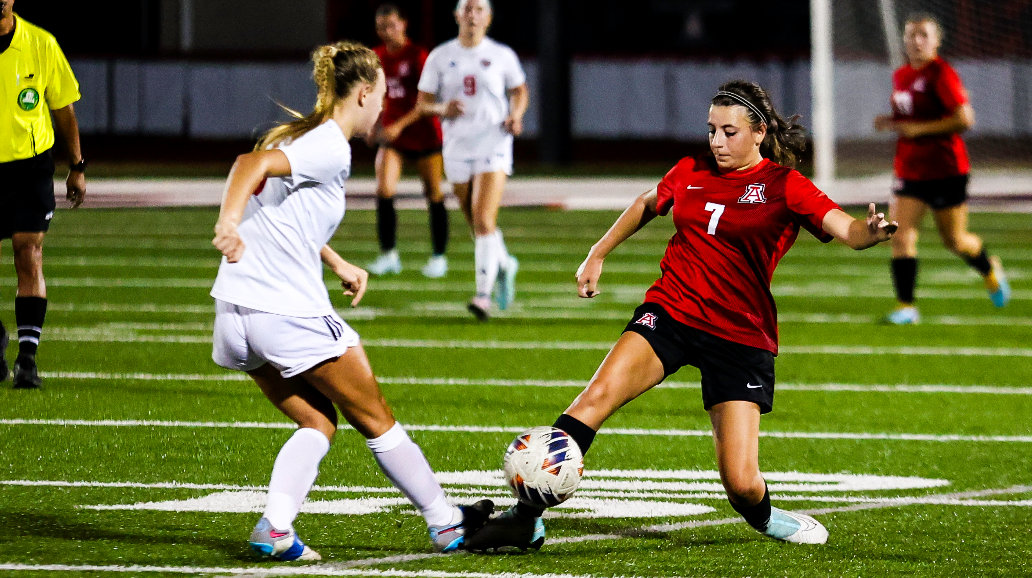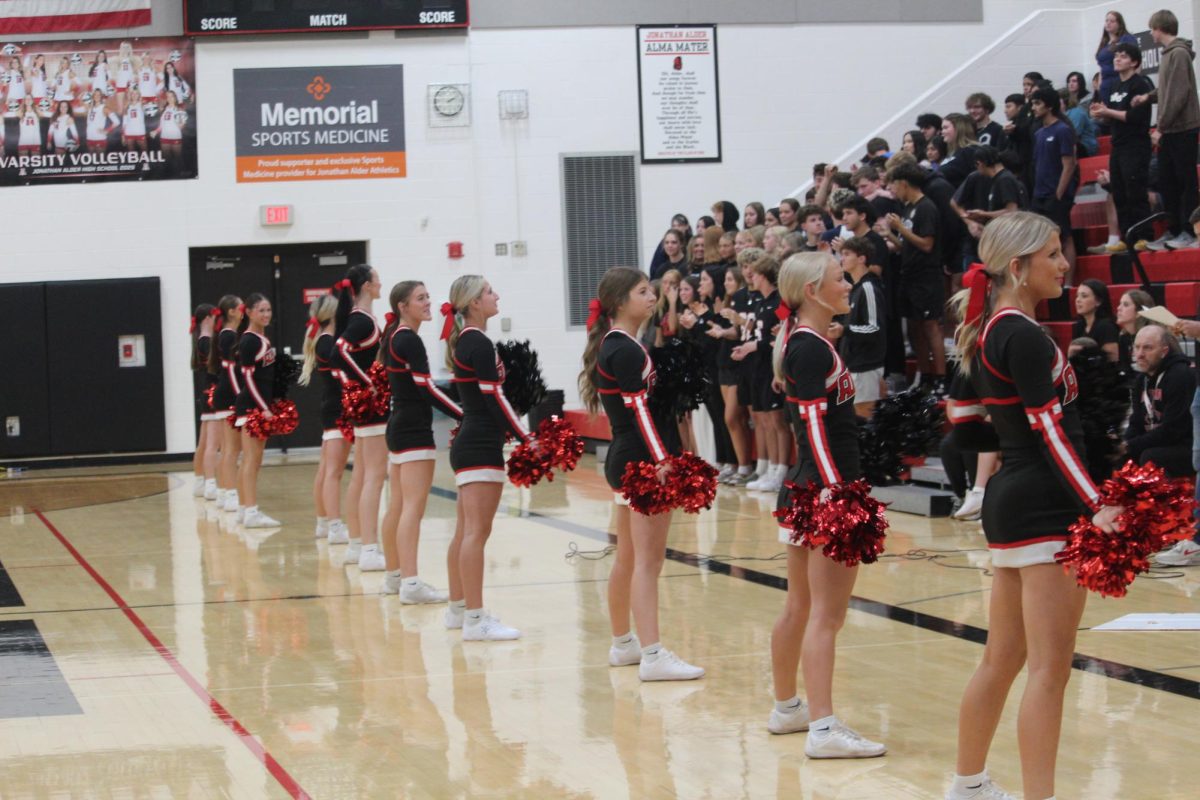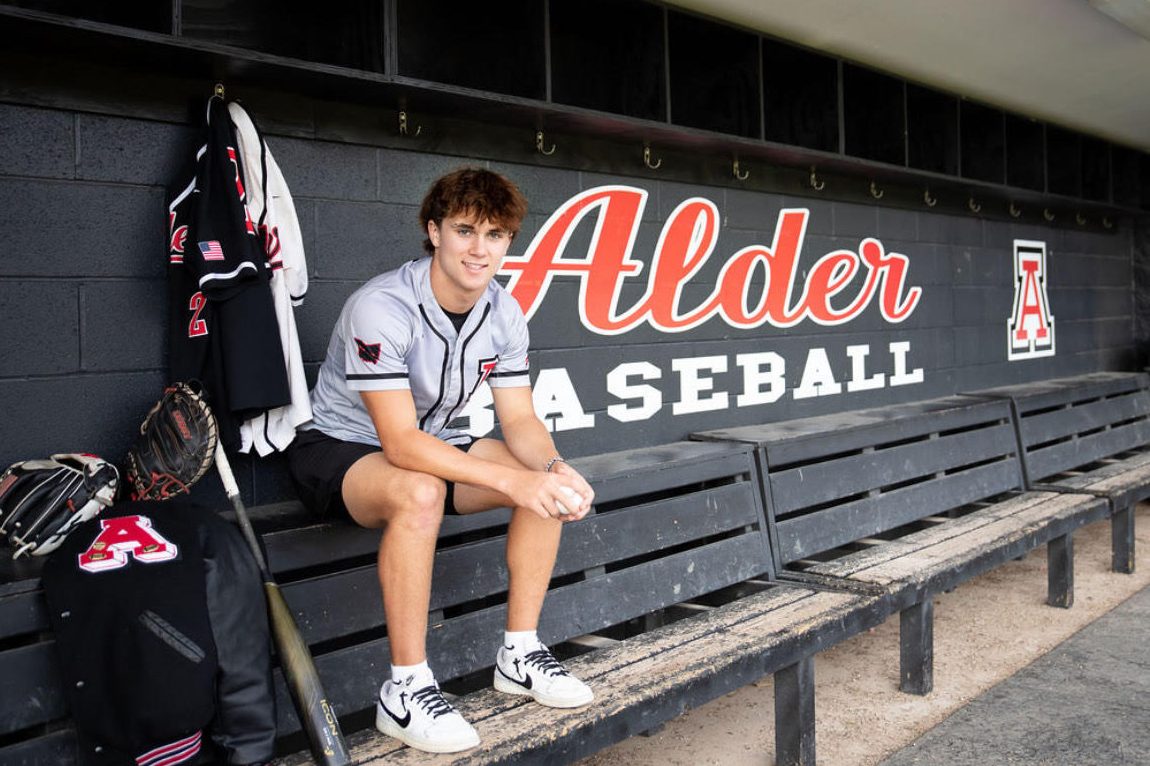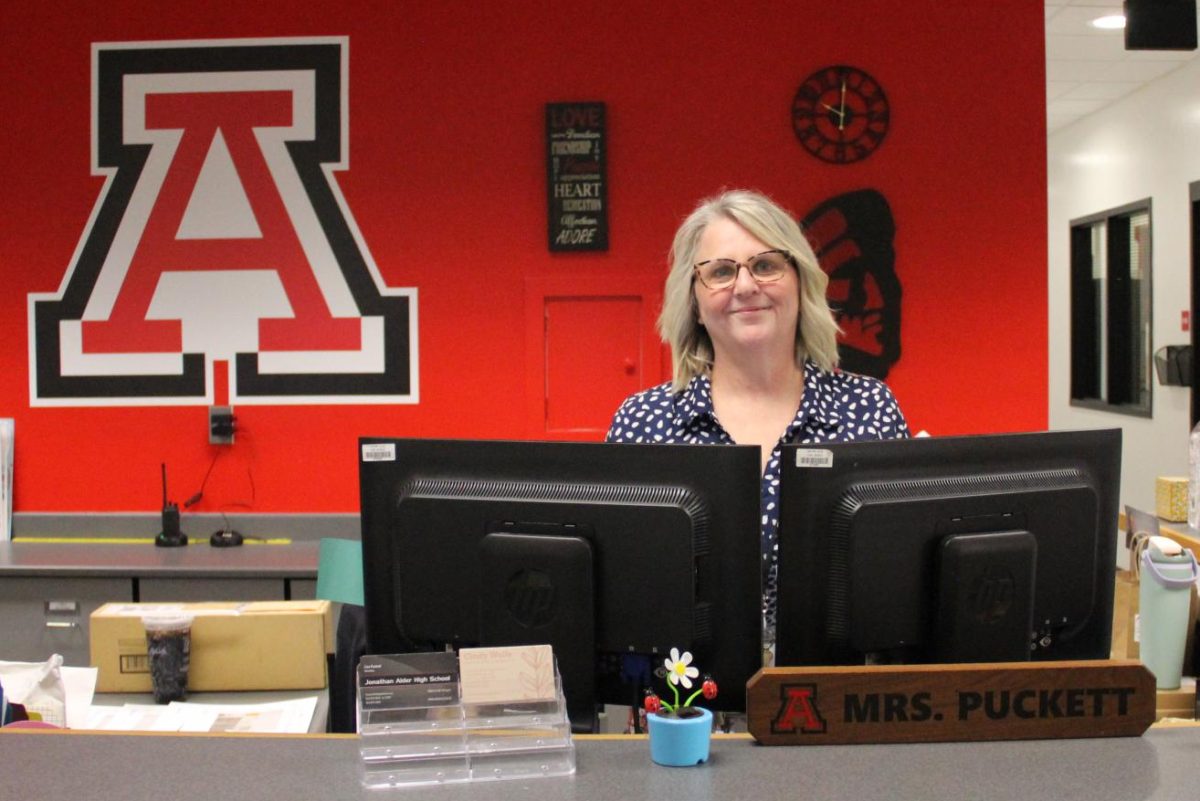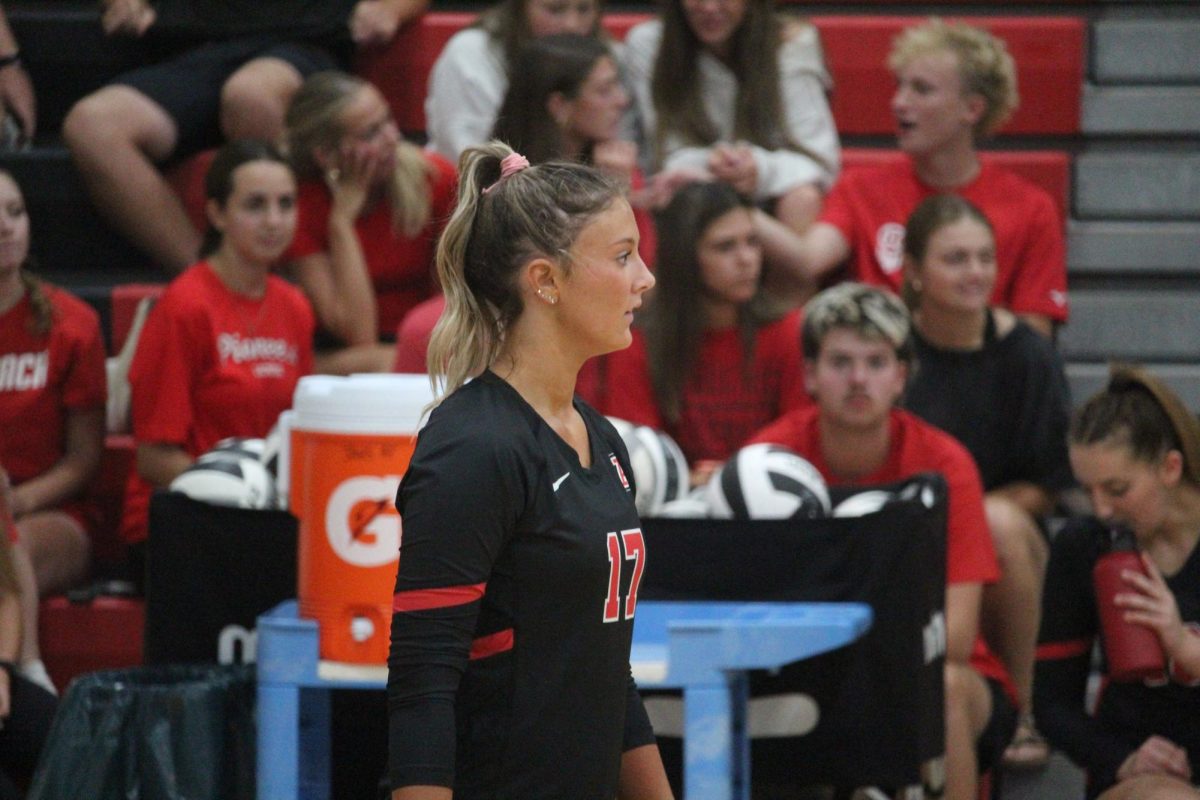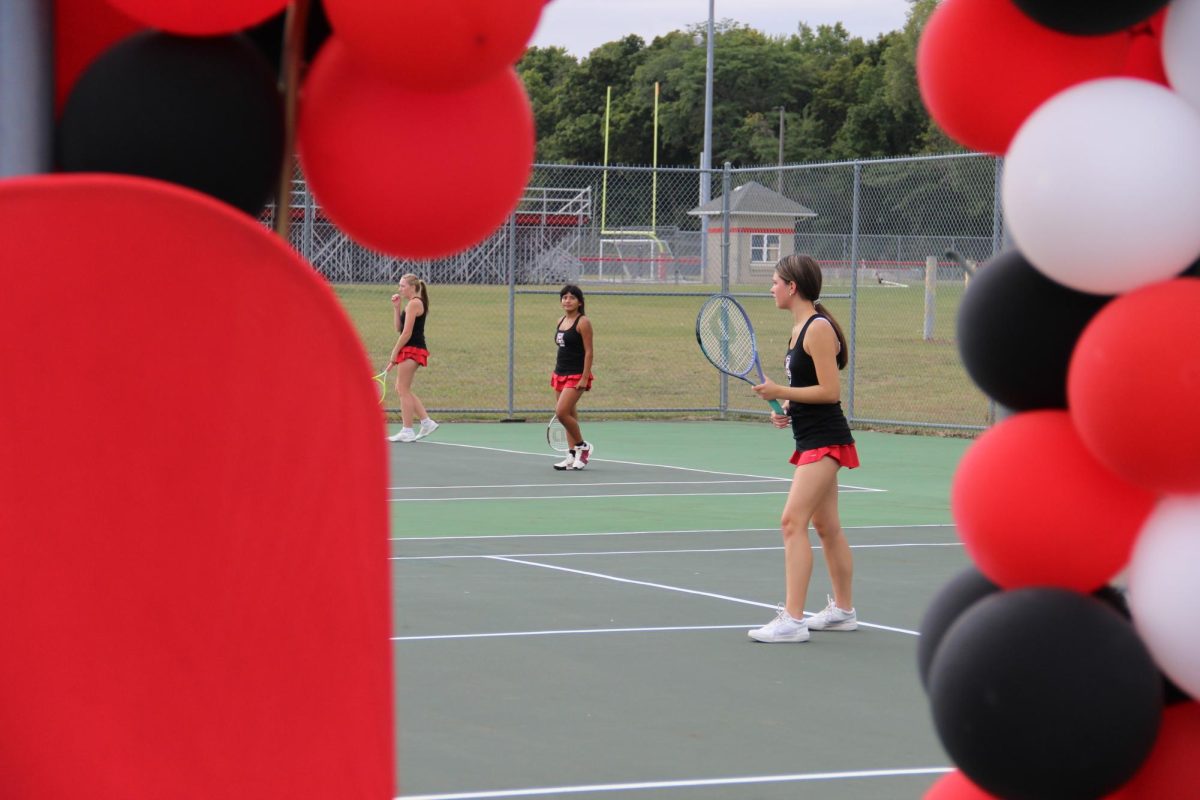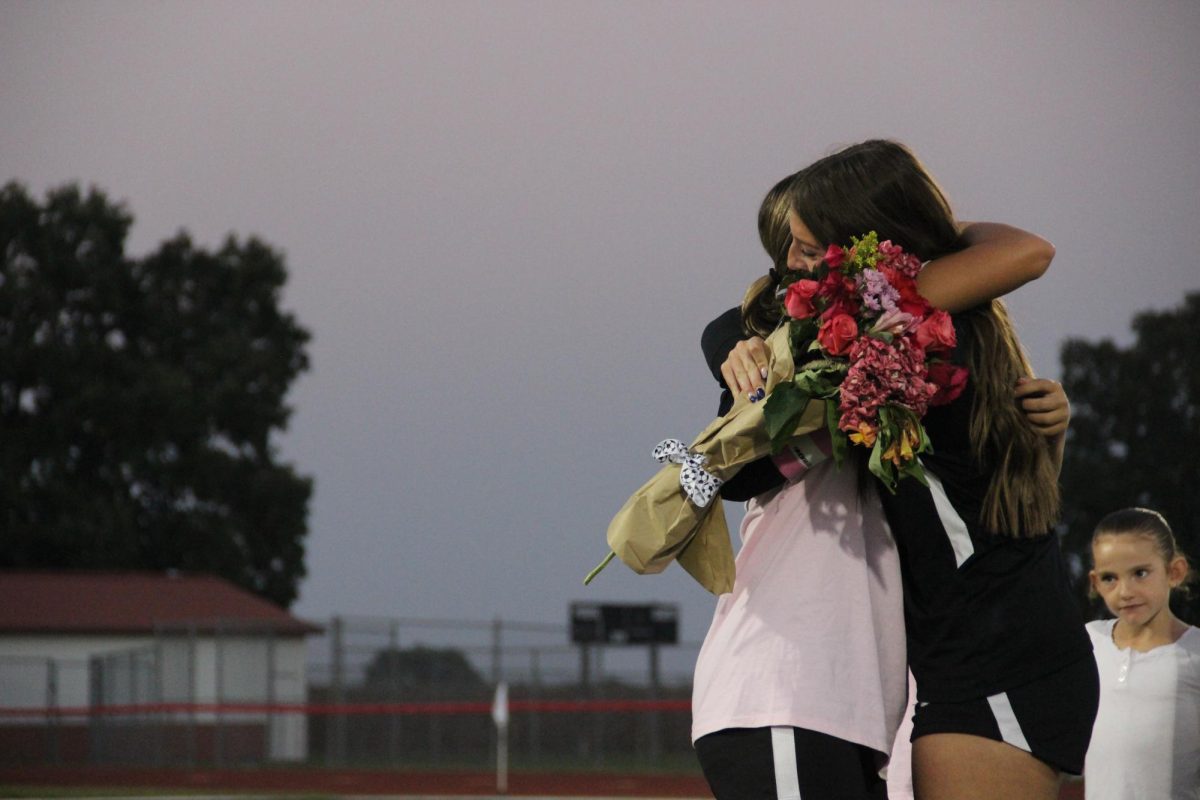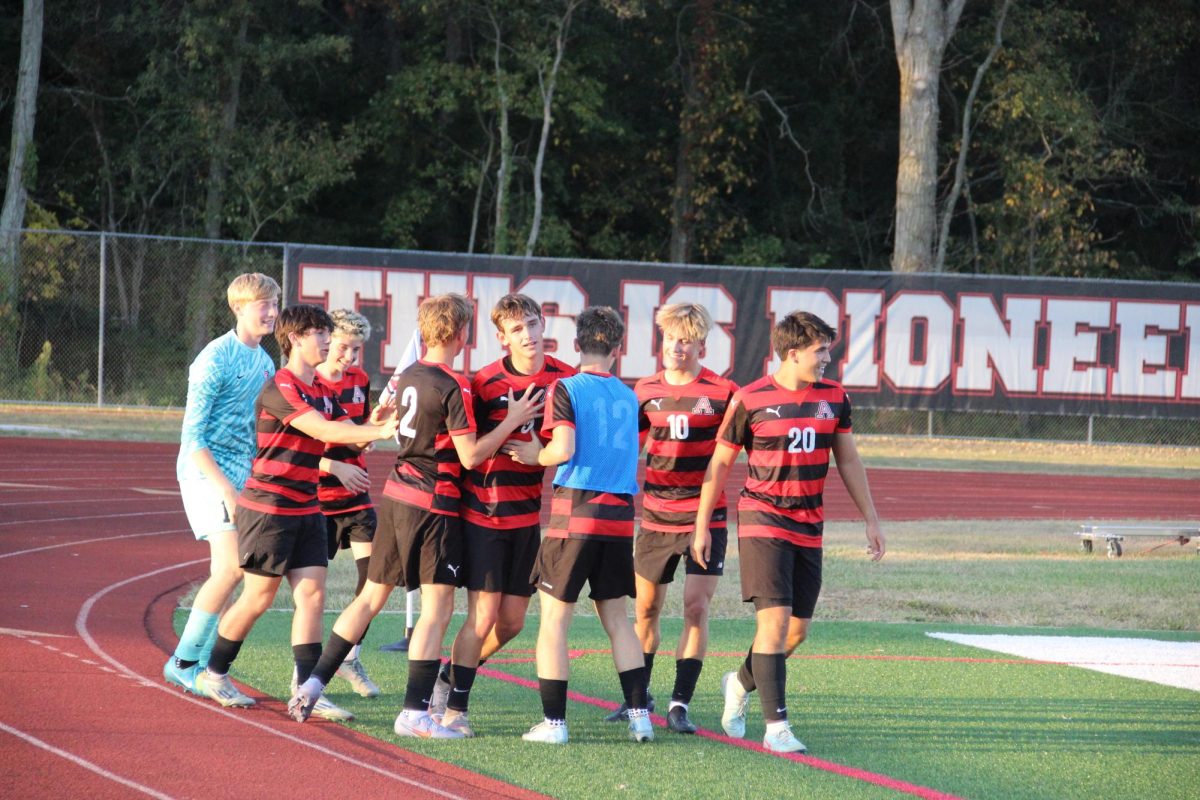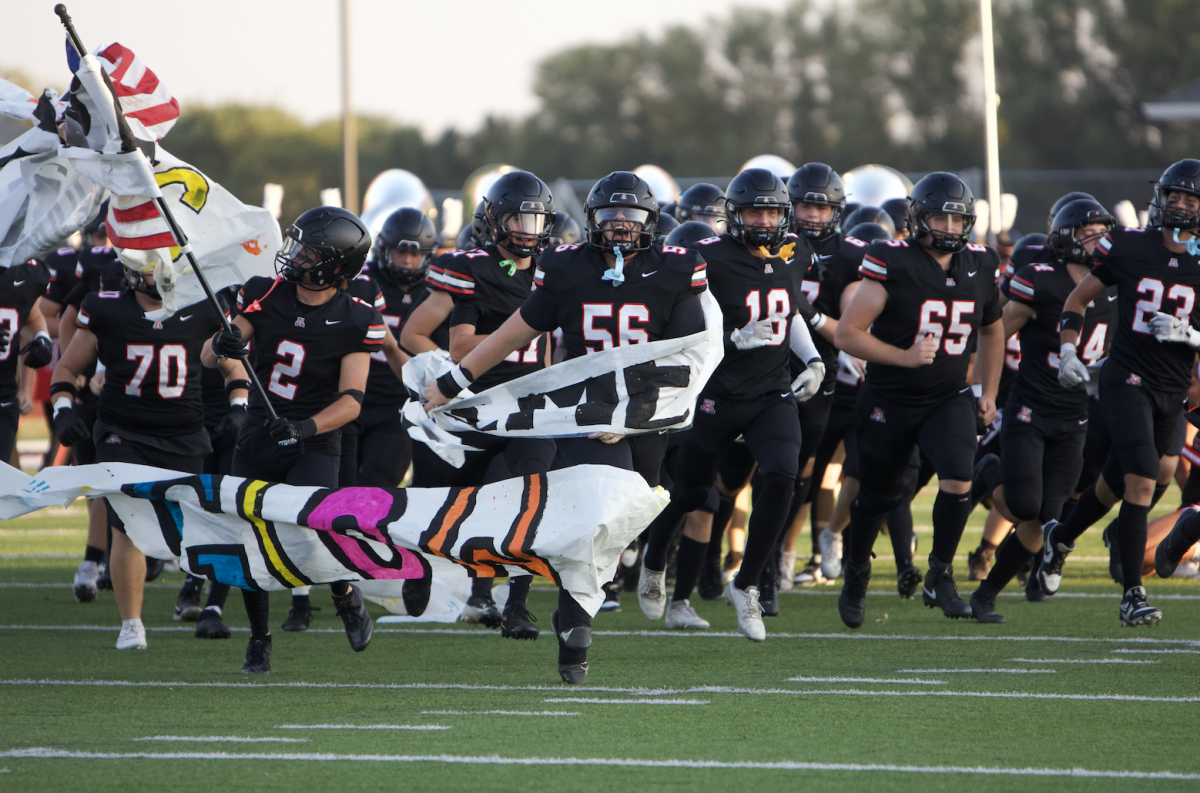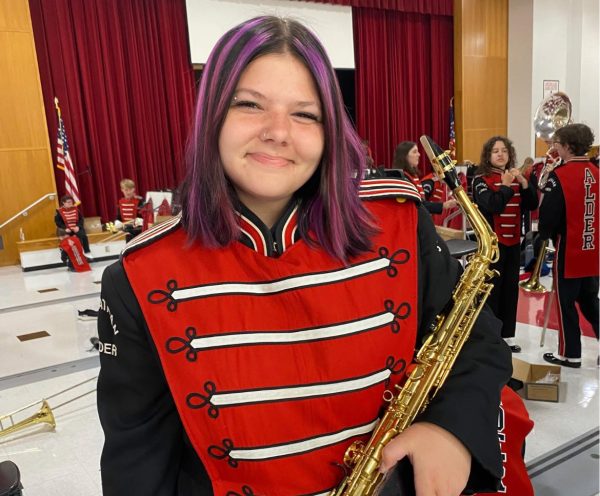Athletes get injured all the time during high school sports. At Alder, student athletes who are injured usually see the athletic trainer somewhere in the course of their recovery.
According to the National Institute of Health, well over 90% of student athletes experience an injury while competing in a sport.
At Jonathan Alder, the athletic trainer sees 20 to 30 plus students in a week. JA athletic trainer Ashton Kaffenbarger says, “This year has been too many.”
Kaffenbarger is in her first year as athletic trainer at JA and focuses on prevention. “I’m the type of person that if they can play or I can do some sort of prevention,” says Kaffenbarger.
However, prevention only goes so far. Senior Mackenzie Trimble hurt herself playing soccer.
“I was playing in a scrimmage, and I planted wrong and it turned out,” says Trimble.
Other athletes get injured just because of the nature of their sport.
“I was injured from repeated stress of swinging my arm in the hitting motion,” says senior Kelley Kimberly, who played volleyball.
Kimberly could not swing at games, but she still went to them to have a good time with her team. According to Kaffenbarger, keeping athletes competing is always the goal.
“I want them to play and succeed as long as it’s safe for them and they aren’t going to injure themselves more. I want to see them have fun and do what they love. I never want to pull anybody out,” says Kaffenbarger.
The impacts of different injuries during school sports can be very difficult. The injury could just put them in crutches, braces, or casts and then they play next season.
For Trimble, it was a torn ACL, which meant, as a senior, that her soccer career was over. It’s not like that for everyone when they get injured, Trimbles injury was a major one and wouldn’t have been better in time for her to play again.
”Full recovery can be a total of nine months, but not normally that long,” she says.
For Trimble, realizing that her season was over was the hardest part. For most people they have been playing their sport for a while and getting injured and not being able to play anymore could take a toll on them.
“It’s hard because it was life to me, it’s so strange what happens,” she says.
For Kimberly, it took a little longer to figure out what was wrong.
“I went and saw a surgical doctor and he offered that it might be better to do nerve testing instead of surgery so quickly so we did nerve testing and that didn’t work and so then we went to a chiropractor to see if it was a back issue,” she says.
For most athletes at Alder, their injuries aren’t as major as an ACL or back issue. Kaffenberger says she sometimes deals with the smallest of problems.
Kaffenbarger is not only a supportive ear, but also helps preventative measures, like strengthening, mobility and range of motion. They mainly work on pain management for athletes injuries so their injury doesn’t get worse.
“If something is persistent and causing you pain and affecting your athletic abilities and your performance, so if you’re not performing to your 100%, even if you’re at a solid 90, come to your athletic trainer,” says Kaffenbarger.
A small injury could lead to something bigger.
“So just be honest. Please. And then obviously take care of your bodies,” says Kaffenbarger. “Don’t be silly. Don’t be dumb. If you know something’s wrong, try to fix it. Be proactive.”

